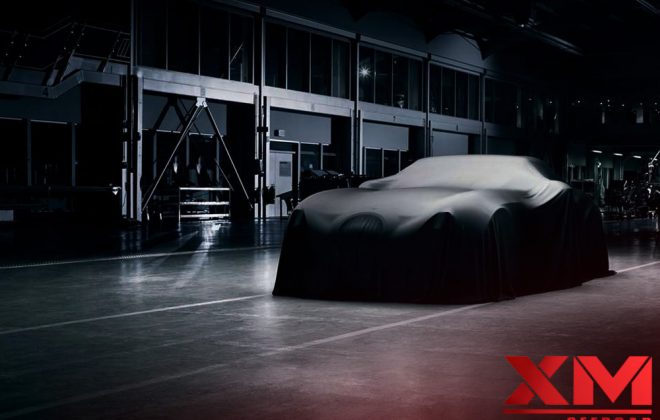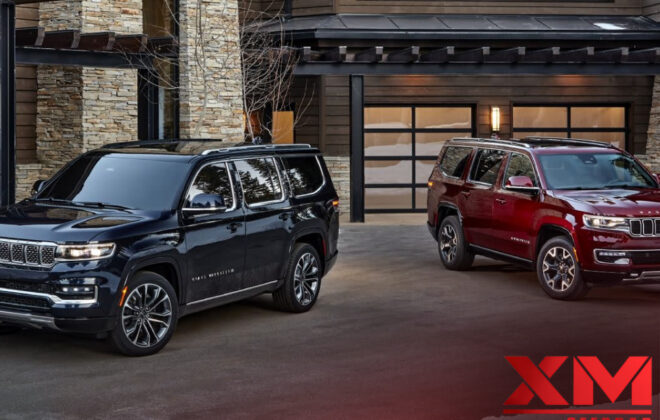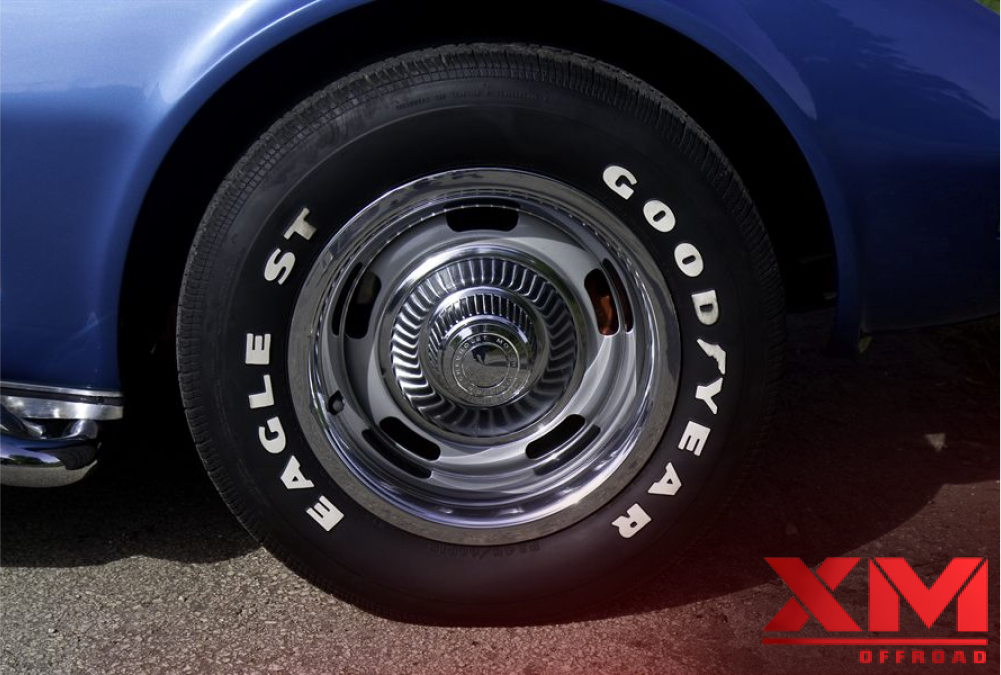
Classic Car Tires: A Guide to Authenticity, Size, and Maintenance
Classic car hold an undeniably special place in the hearts of automotive enthusiasts, evoking nostalgia and capturing the essence of a bygone era with their timeless design and unique charm.
For those who own and cherish these vintage vehicles, maintaining and restoring them to their original glory is a labor of love. One crucial aspect that should never be overlooked in this process is the choice of tires. Classic car tires not only play a pivotal role in ensuring the safety and optimal performance of these vehicles but also contribute significantly to preserving their authenticity and originality, which are highly valued by collectors and enthusiasts alike.
Classic Cars
When it comes to classic cars, authenticity is often a top priority for owners. Restoring a classic car involves meticulous attention to detail, and selecting authentic tires is an essential part of the process. Authentic tires not only enhance the overall aesthetic appeal of the vehicle but also contribute to its historical accuracy and value. Researching and identifying the specific tire models that were originally fitted to the car when it rolled off the assembly line is of utmost importance. Fortunately, many reputable tire manufacturers recognize the demand for period-correct tires and offer classic tire lines that replicate the original designs, ensuring an authentic and historically accurate appearance.
Size and fitment are crucial considerations when selecting tires for any vehicle, including classic cars. Correct tire size specifications can typically be found in the vehicle’s owner’s manual or by consulting experts in classic car clubs or forums. It is important to consider factors such as load-carrying capacity, speed ratings, and overall diameter to ensure that the chosen tires are compatible with the vehicle’s original specifications. Proper fitment ensures optimal performance, handling, and safety, while also maintaining the intended look and feel of the classic car.
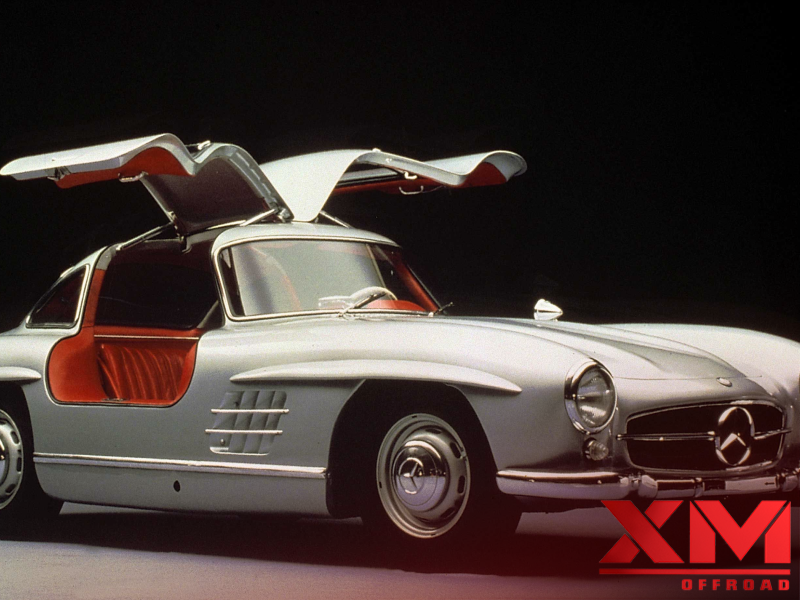
By paying attention to authenticity, size, and fitment, classic car owners can make informed decisions when selecting tires, thereby preserving the vehicle’s unique character and historical value. Authenticity not only enhances the overall aesthetic appeal but also contributes to the historical accuracy and value of the classic car. Proper tire size and fitment ensure optimal performance and safety, allowing owners to enjoy the driving experience as it was intended. Selecting the right tires for classic cars is an essential step in maintaining their authenticity, ensuring their continued enjoyment, and preserving their timeless appeal for future generations of automotive enthusiasts.
Types of Tires
When selecting tires for classic cars, there are generally three main types to consider: bias-ply tires, radial tires, and modern classic tires.
1. Bias-Ply Tires:
Bias-ply tires were the standard for most classic cars produced before the 1960s. They are characterized by their diagonal ply construction, which results in a stiffer sidewall and distinctive ride quality. Bias-ply tires can provide a more authentic driving experience and are suitable for vehicles that were originally designed to use them. However, they may have limitations in terms of wet traction and overall handling compared to modern tire technologies.
2. Radial Tires:
Radial tires, introduced in the late 1960s, revolutionized the tire industry with their steel belt construction and improved performance characteristics. They offer superior handling, improved fuel efficiency, and enhanced wet traction compared to bias-ply tires. While radial tires may not provide the same level of authenticity as bias-ply tires, they are often favored for their superior performance and safety benefits.
3. Modern Classic Tires:
In recent years, tire manufacturers have developed modern classic tires that combine the vintage look of bias-ply tires with the performance and safety features of radial tires. These tires feature modern materials and construction techniques while retaining classic tread patterns and sidewall designs. They provide an excellent compromise between authenticity and performance, making them a popular choice for many classic car owners.
Consider Driving Conditions:
When selecting tires for a classic car, it is crucial to consider the intended driving conditions. If the vehicle is primarily used for car shows, parades, or occasional leisurely drives, bias-ply or modern classic tires may be suitable. However, if the car is regularly driven on highways or in varying weather conditions, radial tires might be a more practical choice due to their improved performance and safety features.
Maintenance and Preservation:
Once you have selected the appropriate tires for your classic car, proper maintenance is essential to ensure their longevity and performance. Regularly check tire pressure, rotate the tires as recommended by the manufacturer, and inspect them for signs of wear or damage. Storing the car in a cool, dry environment away from direct sunlight can help preserve the tires’ condition over time.
Talking about the Significance of Classic Tires:
When it comes to historical and classic racing, the pursuit of authenticity and performance is at the forefront. Vintage racing cars hold a special place in the hearts of enthusiasts, embodying the spirit and craftsmanship of a bygone era. To truly capture the essence of these iconic vehicles and experience the racing standards of their prime, the choice of tires is of utmost significance.
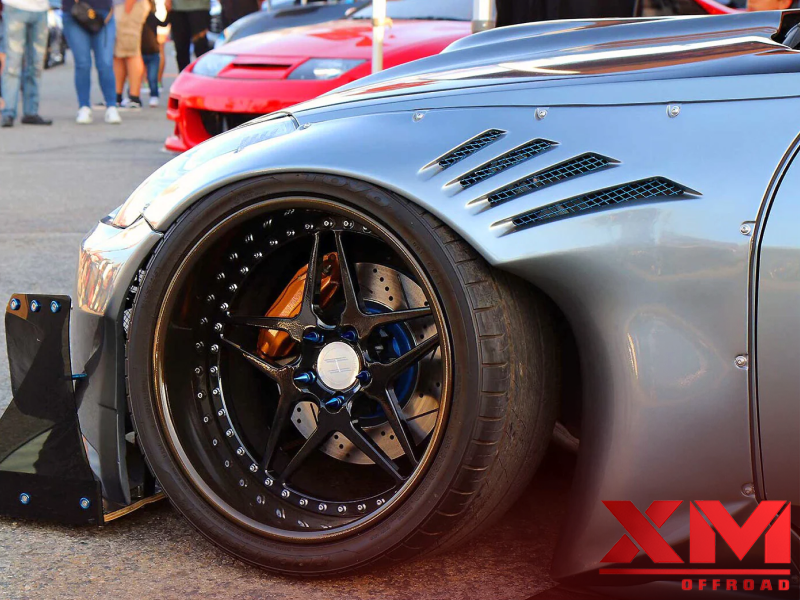
Classic car tires are meticulously crafted using the same construction methods and period materials that were employed during the era when these cars were originally produced. By embracing the authentic techniques and materials of the past, these tires perfectly complement the characteristics of classic and historic performance cars, providing a racing standard that matches their glory days.
Read Also: WHEEL HUBS 101- Get About This Few Important Component
One of the key aspects that sets classic tires apart is their construction method. They are manufactured using traditional bias-ply techniques, replicating the original tire designs from the era. This construction method involves layering plies diagonally across the tire carcass, resulting in a stiffer sidewall and a unique ride quality that echoes the feel of vintage racing. This attention to detail in construction ensures that classic tires offer a truly authentic driving experience, recreating the sensations that drivers of that era would have encountered.
Choosing the best 26 inch wheels for a classic car requires balancing authenticity, performance, and safety. Consider the vehicle’s original specs, driving conditions, and maintenance needs. Consult experts and reputable tire manufacturers for informed decisions that enhance appearance and driving experience.


